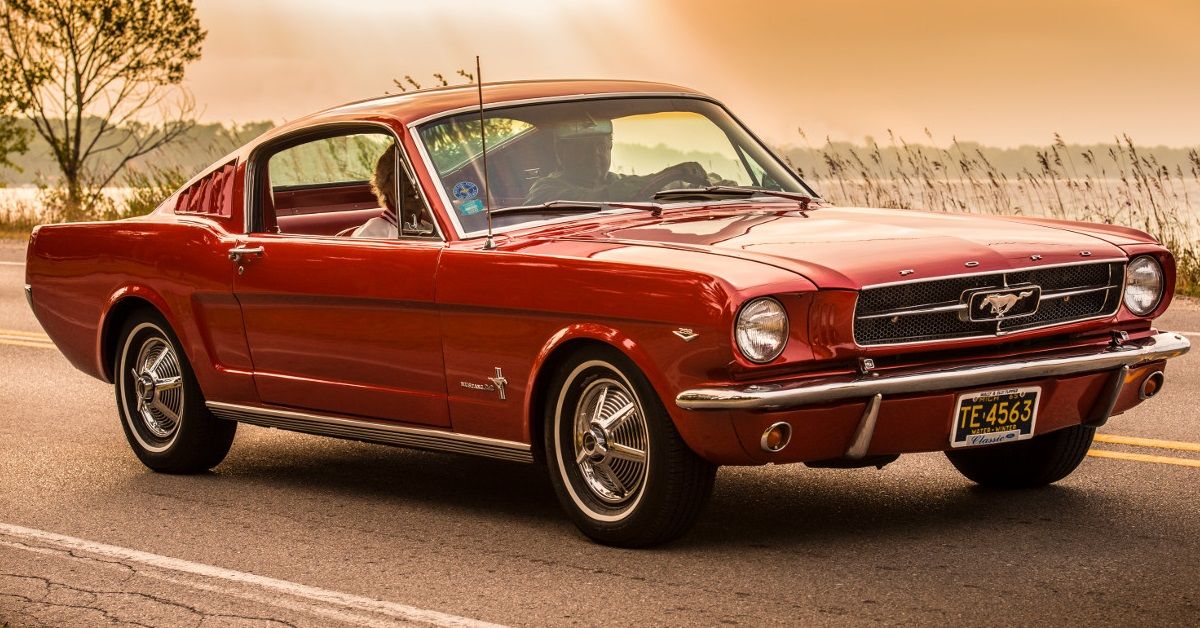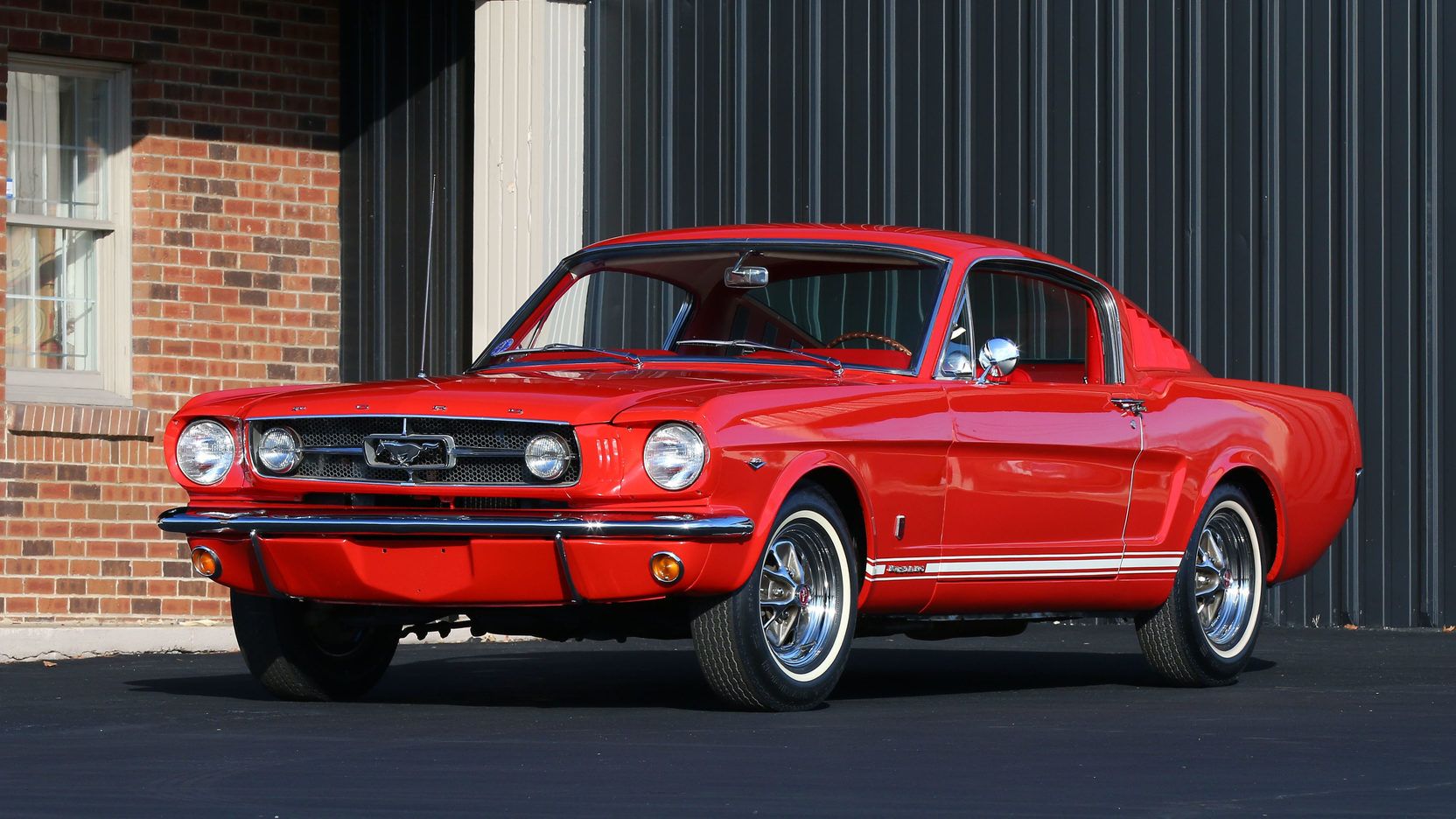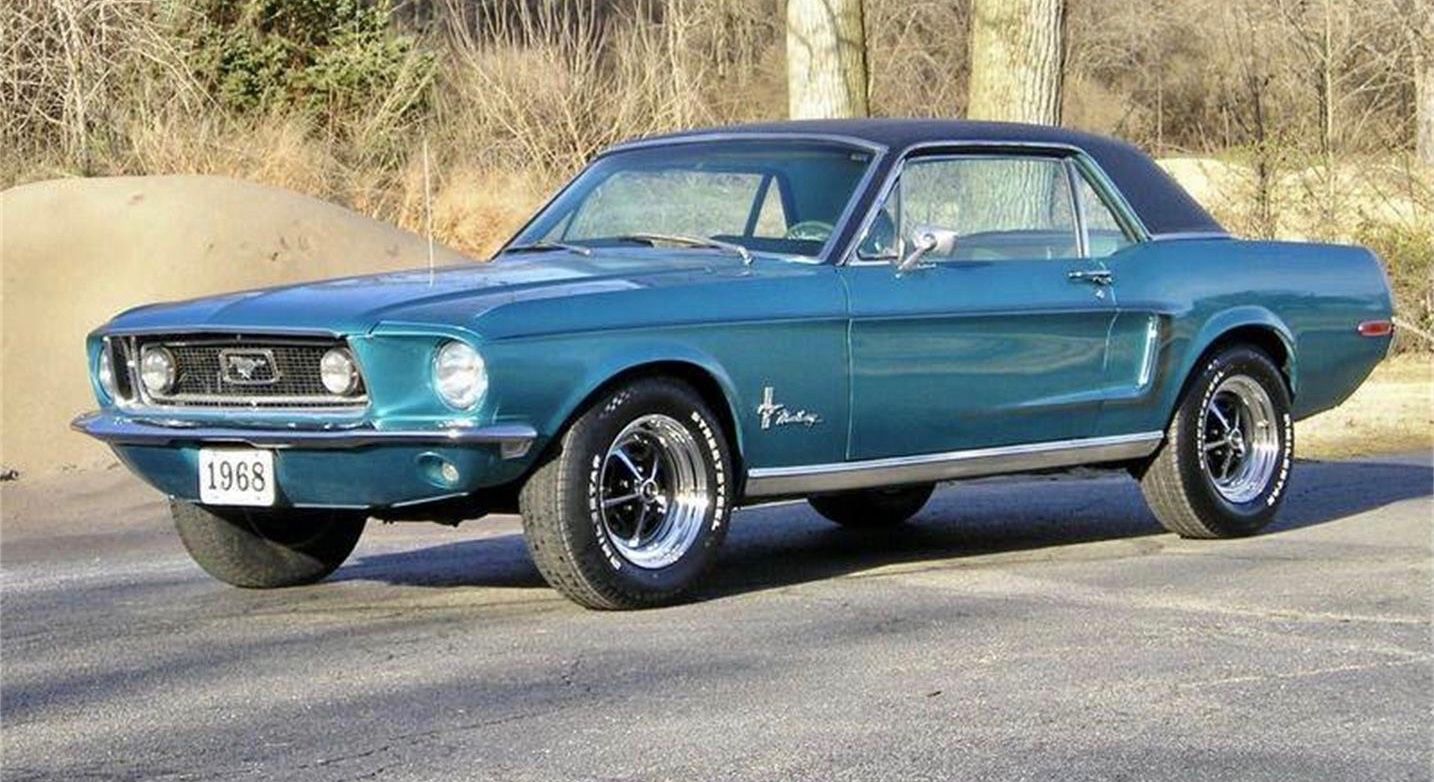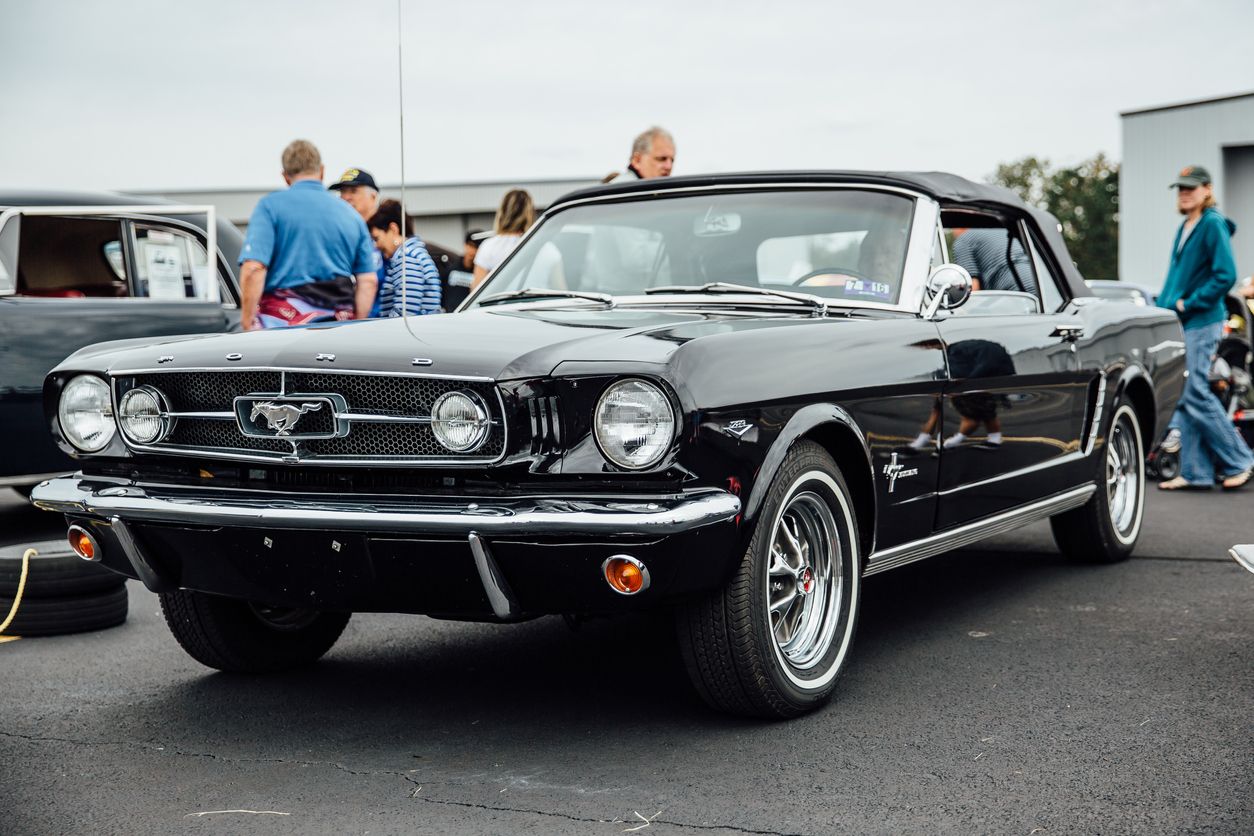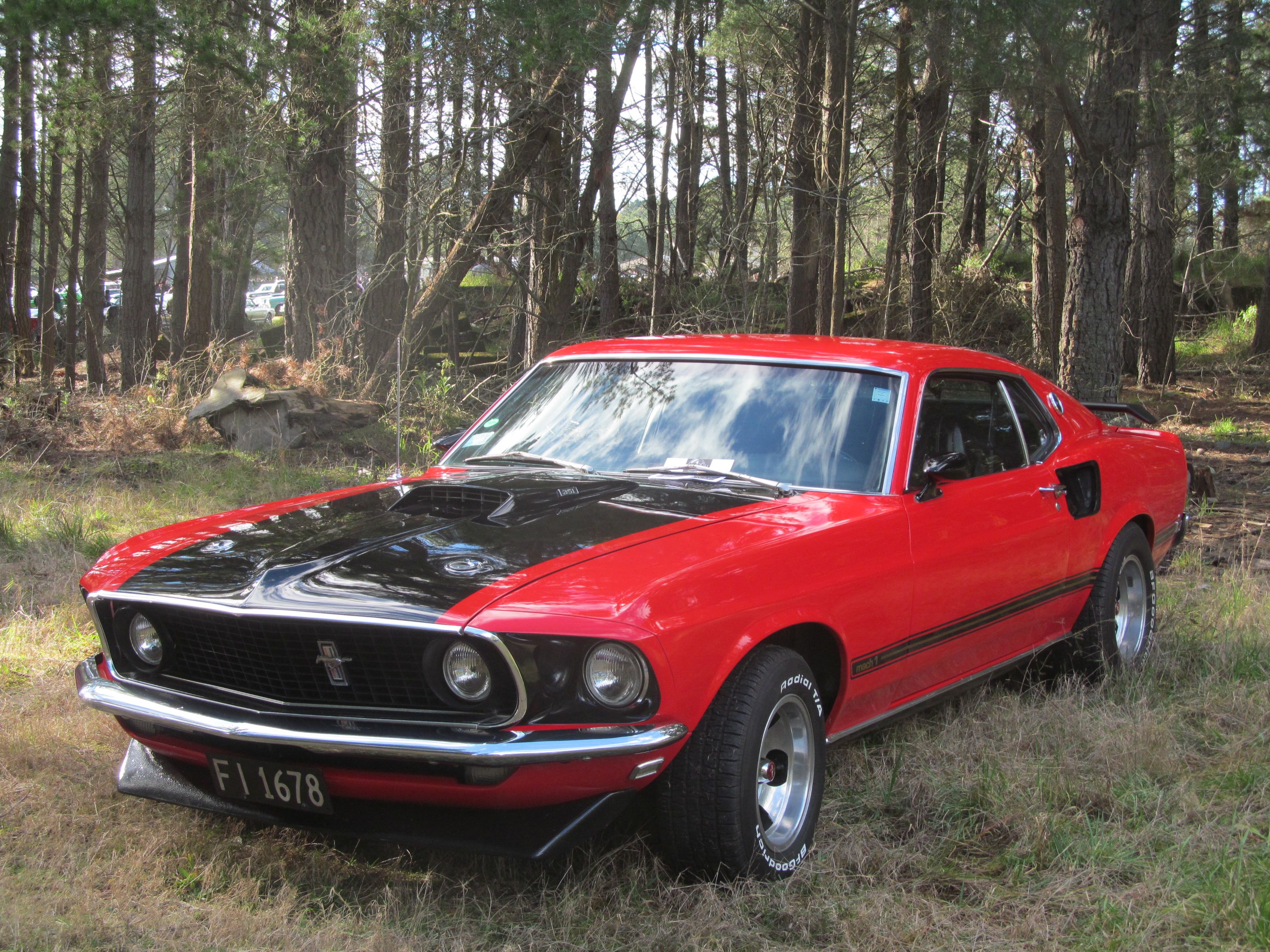When it comes to the Ford Mustang, it enjoys an iconic status as a reliable and affordable American car. With its Shelby and Boss variants, it gained widespread recognition and has become popular long after the classic models had ceased production. Unlike its competitors, Mustang managed to steadily continue production during many automotive hardships. The models from the late '60s in particular sold well, gaining public attention with more powerful engines and flashier interior and exterior features.
Read on to find out the traits most desirable in the late 1960s Mustangs that contributed to its muscle car status.
Related: These 10 Modern Mustangs Will Be Priceless Some Day
Previous Problems Were Addressed
When it comes to which year of the Mustang proved the most successful, the winner was 1966. Approximately 607,500 units were sold that year, exceeding the total sales of the 2004-2010-generation Mustangs. While the adjacent years were almost as successful as 1966 in terms of sales, none of the other years came close.
That said, the Mustang also stepped its game up for the 1969 model. There had been several problems plaguing the Mustang prior to this point, but the 1966 models were able to successfully address them. Big block engine options were introduced so the Mustang could compete against other cars of the time, as well as so it could realize its ambitions.
Side scallops were removed, an extra pair of headlamps were introduced, and a new reverse exhaust side trim became practical. Functional side scoops for racing were also given as an upgrade option, and the size became a few inches larger, sporting a tail light panel that was much more rectangular.
Boss Variant Drew Attention
Also in 1969, the Boss 302 variant was unleashed upon an eager market- and it drew a significant amount of attention. After all, it had a limited production run of only 1,628 models, and this model was inexplicably not featured in the standard sales brochure.
This model aimed to make a racing series vehicle out of a revised 302 engine. Specs include a fastback body style that lacked side scoops, and a body sporting predominantly black in its hood and trunk lid. Rear spoilers were available as an option.
Further, when the 302 seemed like it was the pinnacle of Boss upgrades, Mustang then did one better by introducing Boss 429. It had the largest engine that Ford ever offered. When Nascar decreed 500 cars with this engine had to be sold to the public in order for Mustang to qualify, Mustang decided to make this engine available in the 1969 and 1970 Ford Mustang models.
The result was the Boss 429: a streetcar capable of competing in Nascar races. With 429cid Hemi-head V-8 engine, room had to be made. Therefore, the suspension was modified and the battery was placed inside the trunk. It produced 500 horsepower when customized, but could easily generate 375 horsepower on its own. Ultimately, although the 302 had more popularity in its initial run, the 429 is more frequently remembered, thanks to its more powerful engine.
Several Variants Were Made
The Mustang had many variations on a classic theme, allowing more of them to be dispersed into the public market. The two Boss variants were not the only ones Mustang produced. As mentioned earlier, the 1969 models received a significant facelift.
The Mustang Shelby variant displayed sides with two scoops, one located near each wheel. Five-spoke cast aluminum with steel rims was what the redesigned wheels featured, and the front end showcased a new bumper made of chrome steel, as well as fiberglass fenders. Fiberglass was also used on the hood, which had scoops and quick-release fasteners.
The Mustang Shelby variants were modified the following year so they could incorporate a front air dam and blackout point treatment on the new vehicle design, which were referred to and marketed as 1970 Mustangs. They were then labeled and sold as 1970 Mustang models.
Flashy Features Won Favor
Extra features proved popular when Shelby added them to the GT500 Mustang in 1967. Not only did it sport a 7-liter V-8 engine, but also it displayed an interior filled with comfort features, both of which distinguished it from the GT350 Mustang. Further, weight-saving features were deployed to offset the natural increase in total weight when compared to the GT350.
A few, like the new deck lid, quarter panel extension, and side scoops, proved to be practical additions, as well as the aforementioned fiberglass features. With all these features on display, the GT500 enjoyed widespread recognition and popularity among drivers until 1969, when the GT500 ceased production.
Sources: classicmustang.com, topspeed.com, bolivarford.com,

